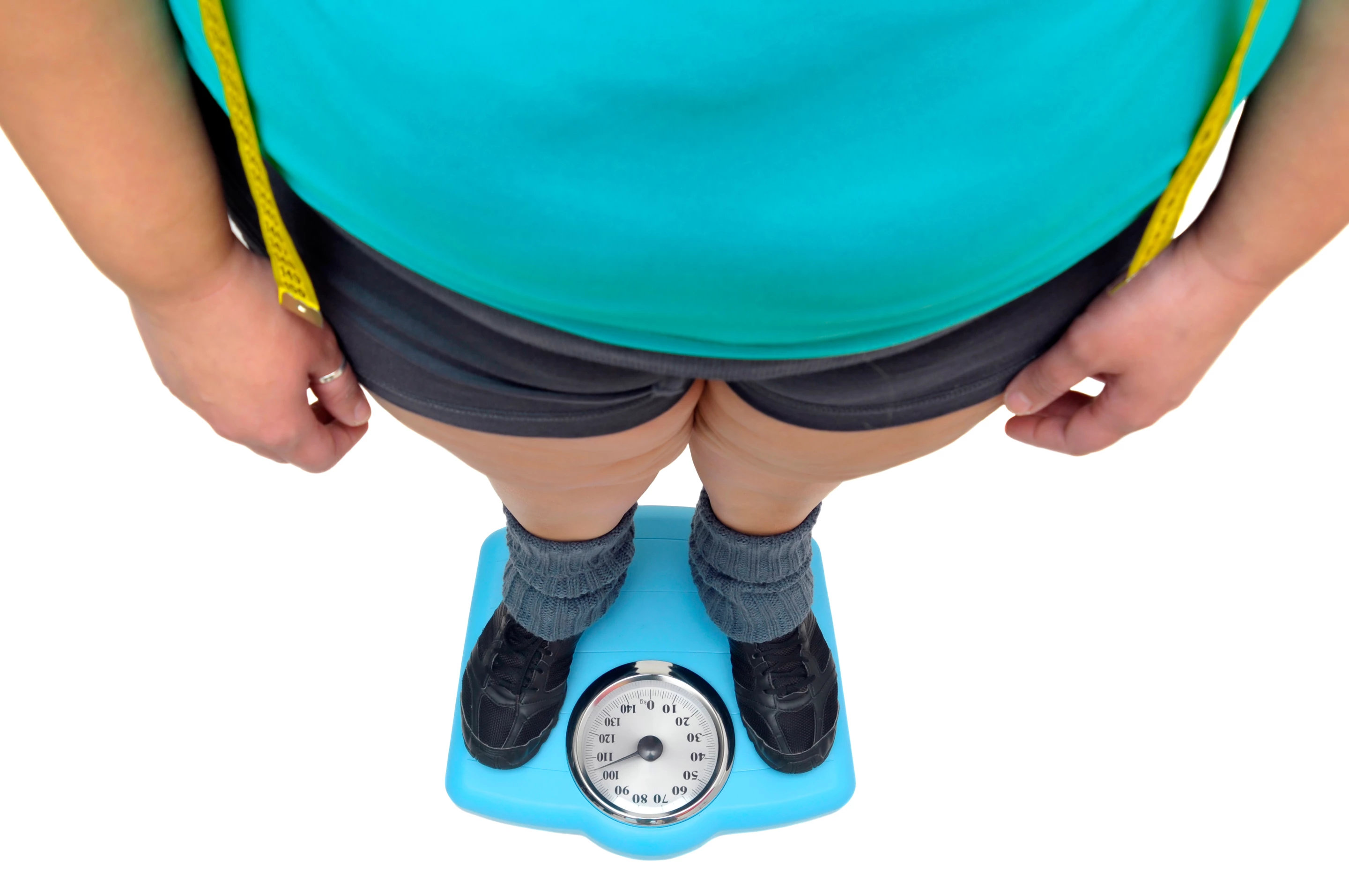Losing unwanted pounds can be difficult, particularly if your body "thinks" you should weigh a certain minimum amount. According to a new study, however, it may be possible to trick your body's weight-maintenance system by wearing a heavy vest.
Back in 2018, professors Claes Ohlsson and John-Olov Jansson – both from Sweden's University of Gothenburg – reported their discovery of a metabolic system that they called the "gravitostat."
Functioning sort of like a built-in bathroom scale, it was claimed to continuously monitor an animal's weight, taking steps to keep that weight within a specific range. In mouse studies, the gravitostat was said to affect the rodents' appetite, causing them to eat more or less in order to gain or lose weight.
More recently, the two scientists set out to see if fooling that system could allow humans to slim down, by making it think that they weighed more than they actually did.
For their study, the researchers recruited 69 overweight test subjects with a body mass index of 30 to 35 – this is the lowest obesity category. Over a three-week period, half of those people wore a 1-kg (2.2-lb) vest for eight hours a day, while the other half wore a heavier 11-kg (24.3-lb) vest. All of the participants were instructed to live their lives as usual, so they were not necessarily exercising.
At the end of the three weeks, it was found while the volunteers wearing the lighter vests lost an average of just 0.3 kg (0.7 lb), those with the heavier vests dropped 1.6 kg (3.5 lb). This weight loss took the form of lost fat, not muscle, although it hasn't been determined if that fat was subcutaneous (below the skin) or visceral (in the belly). Whichever the case, the scientists stated that the fat loss "exceeded what’s usually observed after various forms of physical training."
Along with identifying the type of fat that's affected, Ohlsson and Jansson now hope to ascertain if the weight loss continues when the vests are worn for longer than three weeks. They also plan on investigating the manner in which the fat is lost, such as whether it's through reduced appetite, increased energy expenditure, increased mobility, or other factors.
Their research is described in a paper that was recently published in the journal The Lancet.
Source: University of Gothenburg




